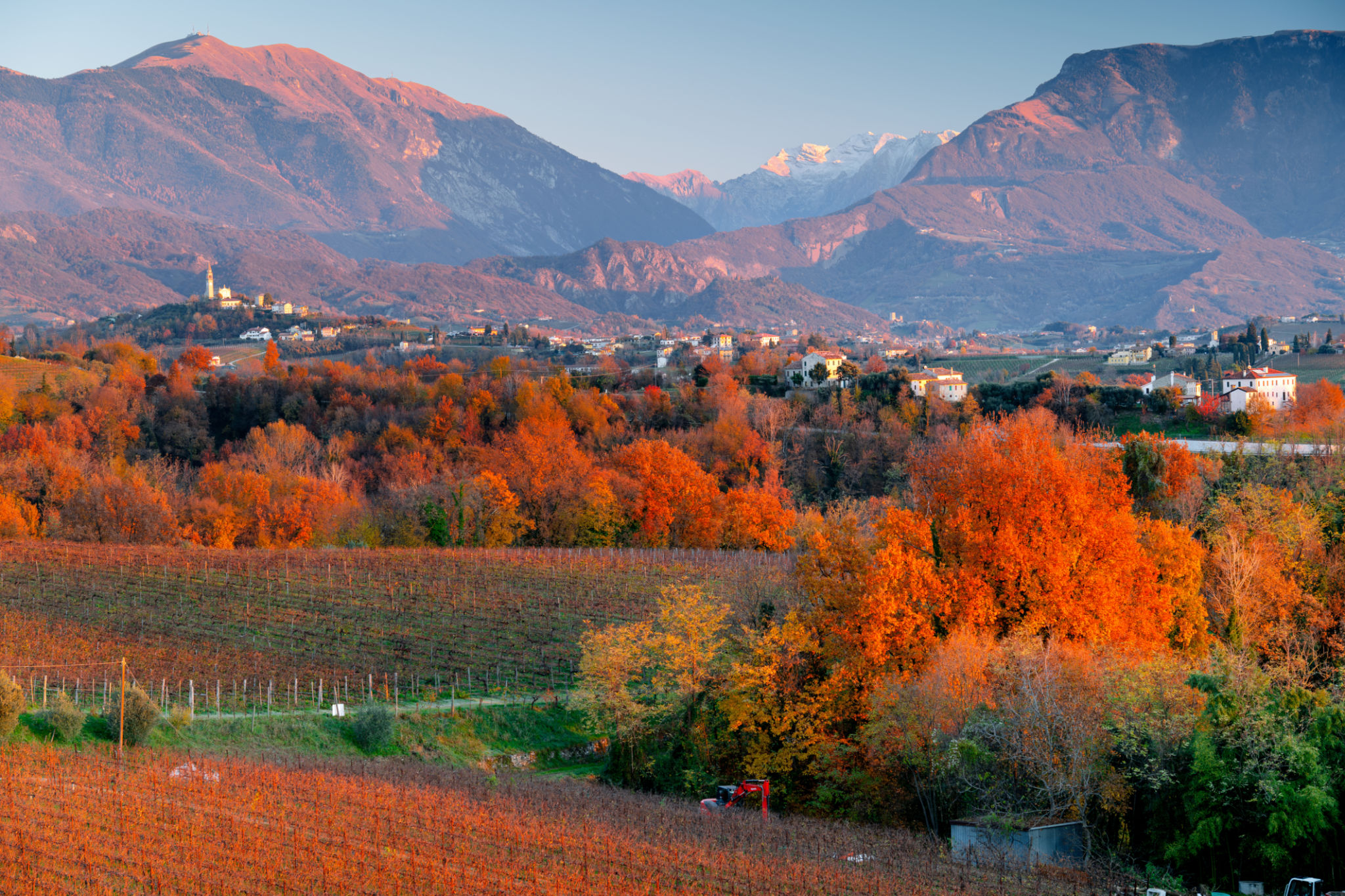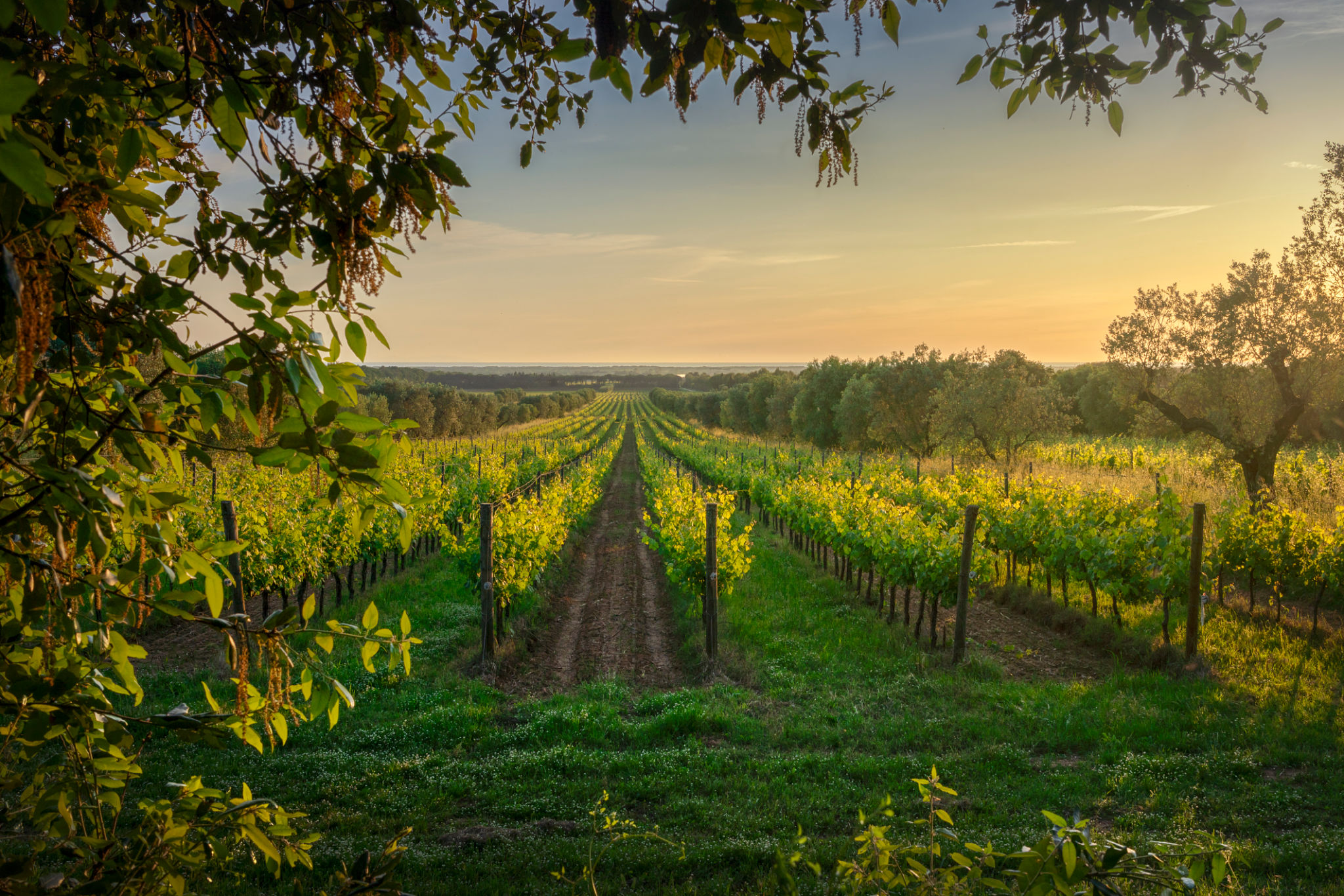Prosecco Region vs. Other Italian Wine Regions: A Comparison
Exploring the Prosecco Region
Nestled in the northeastern part of Italy, the Prosecco region is renowned for its sparkling wine that has captured the taste buds of people worldwide. This region, primarily located in the Veneto and Friuli Venezia Giulia areas, is where the celebrated Glera grape variety thrives, giving Prosecco its unique character. The gentle hills and ideal climate contribute to producing wines that are both refreshing and accessible.
Prosecco’s charm lies in its light, fruity flavors and its affordability, making it a popular choice for celebrations and casual gatherings alike. Unlike other sparkling wines, Prosecco is produced using the Charmat method, which involves secondary fermentation in stainless steel tanks. This process preserves the fresh and fruity essence of the wine.

The Rich Diversity of Italian Wine Regions
Italy is home to a diverse array of wine regions, each with its unique characteristics and specialties. From the bold reds of Tuscany to the delicate whites of Piedmont, Italy offers a wine for every palate. Understanding these regions provides insight into the rich tapestry of Italian viticulture.
The Tuscany region is famed for its full-bodied reds, such as Chianti and Brunello di Montalcino. These wines are typically aged longer and made from Sangiovese grapes, offering complex flavors and robust tannins. On the other hand, Piedmont is known for its Nebbiolo-based wines like Barolo and Barbaresco, which are celebrated for their elegance and aging potential.

Comparing Production Methods
One of the primary differences between Prosecco and other Italian wines lies in the production methods. While Prosecco uses the Charmat method to maintain its fresh characteristics, many other Italian wines undergo traditional methods like barrel aging to develop deeper flavors.
For instance, wines from regions like Tuscany often undergo prolonged aging in wooden barrels, which imparts additional layers of flavor and complexity. This traditional approach contrasts with the tank fermentation of Prosecco, highlighting the diversity in Italian winemaking practices.

The Role of Terroir
Terroir plays a significant role in defining the character of wines from different regions. The soil, climate, and topography all influence the flavor profile of the wine. In Prosecco's region, the rolling hills and temperate climate provide ideal conditions for cultivating Glera grapes.
In contrast, regions like Sicily benefit from volcanic soils that contribute unique mineral characteristics to their wines. Similarly, the cool climate of Trentino-Alto Adige allows for crisp whites with vibrant acidity. Understanding terroir helps appreciate the nuanced differences between wines from various Italian regions.
Pairing Possibilities
Another aspect where Prosecco shines is its versatility in food pairings. Its lightness and effervescence make it an excellent choice for a wide range of dishes, from seafood to appetizers. It’s particularly well-suited for brunches or as an aperitif before a meal.
In contrast, robust reds from Tuscany or Piedmont pair beautifully with hearty dishes like grilled meats or aged cheeses. These wines’ complexity complements rich flavors, making them ideal for more substantial meals.

Accessibility and Popularity
Prosecco’s global popularity stems from its accessibility both in flavor and price point. It offers an approachable introduction to sparkling wines for those new to wine tasting. Its widespread availability makes it a staple in many households around the world.
Meanwhile, premium Italian wines like those from Tuscany or Piedmont may carry higher price tags due to limited production and extensive aging processes. These wines often appeal to enthusiasts who appreciate their depth and longevity.
Conclusion: A Celebration of Diversity
The comparison between Prosecco and other Italian wine regions highlights the rich diversity within Italy’s wine industry. Each region brings something unique to the table, offering wine lovers a vast array of options to explore.
Whether you’re raising a glass of bubbly Prosecco or savoring a robust Tuscan red, celebrating Italy’s viticultural heritage is truly a feast for the senses.